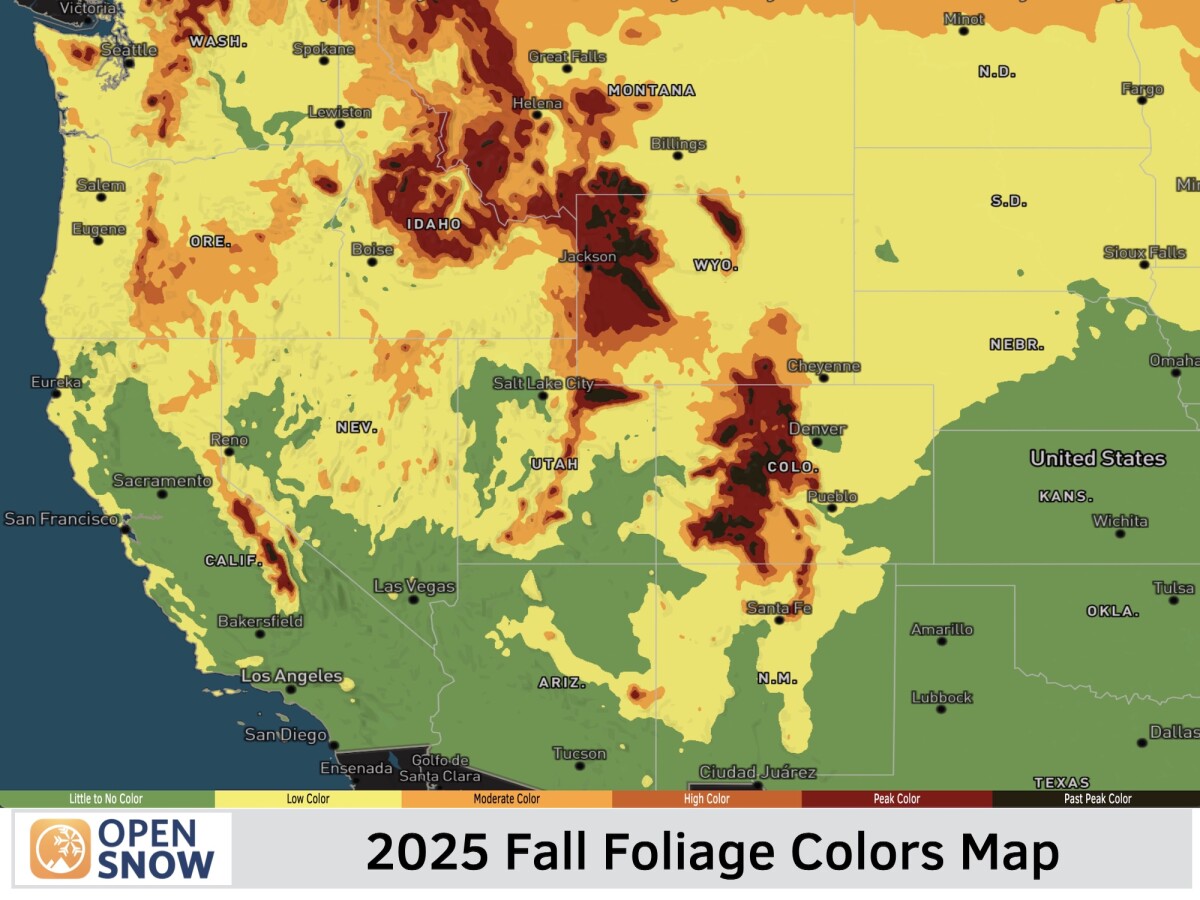News

By Bryan Allegretto, Forecaster Updated 5 months ago February 27, 2025
Elevation & Temperature, Explained
How does the temperature change with elevation?
Atmospheric pressure is simply the weight of the air pushing down on you from above.
As you increase in elevation, there is less air above you thus the pressure decreases. As the pressure decreases, air molecules spread out further (i.e. air expands) and the temperature decreases.
If the humidity is at 100 percent (because it’s snowing), the temperature decreases more slowly with height.
Figuring out temperature without sensors:
There is a simple way to estimate the temperatures at various elevations around you if you know the temperature at the elevation you are standing at. Before we get into the numbers, it’s important to remember that temperature can vary for several different reasons: shade, sun, nearby buildings (or lack of them), and inversions (colder air sinking into valleys because it’s heavier than warm air) can all influence the temperature.
Those caveats aside, here’s a quick and easy way to estimate temperatures at each elevation. If there's no precipitation falling from the sky, then the temperature decreases by about 5.4°F for every 1,000 feet up you go in elevation and increases the same for every 1,000 feet you go down.
However, if it is precipitating, the temperature decreases/increases by about 3.3°F for every 1,000 feet up/down you go in elevation. This can also be referred to by forecasters as the "lapse rate".
Here’s a chart to visualize the temperature decrease with elevation:

Using this method in practice:
Say you are standing in the parking lot at your favorite ski resort and it’s snowing. If the temperature at the base is 30°F and the summit is around 3,000 feet higher, then you could estimate the temperature at the top would be around 20°F (3,000 ft. elevation change at 3.3°F per 1,000 feet equals about a 10°F temperature decrease).
Now, you’re at the top of the mountain on a sunny day with temperatures around 30°F at the top. It’s afternoon and while it was cold when you started the day at the base, you’re thinking it would be fun to head to the bottom to enjoy a beer on the deck/patio. The temperature at the base/village should be around 46°F (3,000 ft. elevation change at 5.4°F per 1,000 feet equals about a 16°F temperature increase).
Questions? Send an email to [email protected] and we'll respond within 24 hours. You can also visit our Support Center to view frequently asked questions and feature guides.
Bryan Allegretto
About The Author




